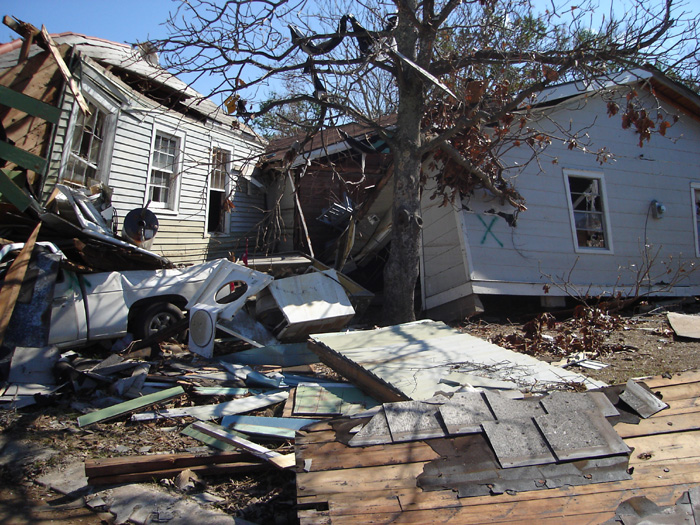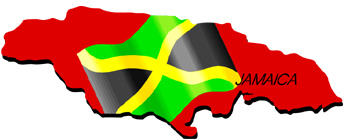 Excerpted from “The Thought Field”, Volume 18, Issue 5:
Excerpted from “The Thought Field”, Volume 18, Issue 5:
Dear Dr. Callahan and Joanne,
I wanted to take the time to thank both of you for giving myself and my family tapping sequences that helped us cope with the trauma and grief of surviving a horrific car accident.
Last summer we were hit “head on” by a drunk driver, the speed at impact was estimated at over 110 miles per hour. The drunk driver died on impact and although we all survived our injuries were extensive. My husband sustained a broken neck, broken lower spine, broken sternum and two broken feet. My 14 year old son fractured his leg and burst the main artery in the stomach lining. I sustained severe whiplash, broken sternum, “dented” stomach from seat belt, broken toes and foot.
Upon leaving the hospital and having necessary surgeries it was very difficult and anxiety provoking to get into a car. Because of the extent of our injuries we had to be taken to San Diego to be cared for by family.
I consulted with Dr. Callahan on October 12, 2010. He took turns asking each one of us different questions and then gave detailed instructions on tapping sequences. Each one of us were given a sequence to use for trauma/anxiety. In addition to this my son was given a sequence to ease the stress of the surgery he had undergone. My husband was given a sequence to clear side effects associated with the medicine he was taking. And I was given a sequence to gain confidence to drive again.
Just after performing the first tapping session we all noticed a more peaceful and calming state of mind. Within in 1 day I had enough confidence to get behind the wheel and run an errand. I was so happy I started to cry. Slowly but surely we all started to get our lives back on track and start the recovery process. We still go back to these sequences any time we have to make a stressful phone call or receive bad news.
I am happy to say that one year later we all doing well and thriving. My husband was able to go back to work in January, my son was able to start a fresh new school year and I am able to make long drives from the desert to San Diego by myself without experiencing severe anxiety.
We are grateful to the Callahan’s for their expertise and sincere concern for our health and healing process.
With sincere gratitude,
Mark, Mary and Tice Ledbetter La Quinta, California





